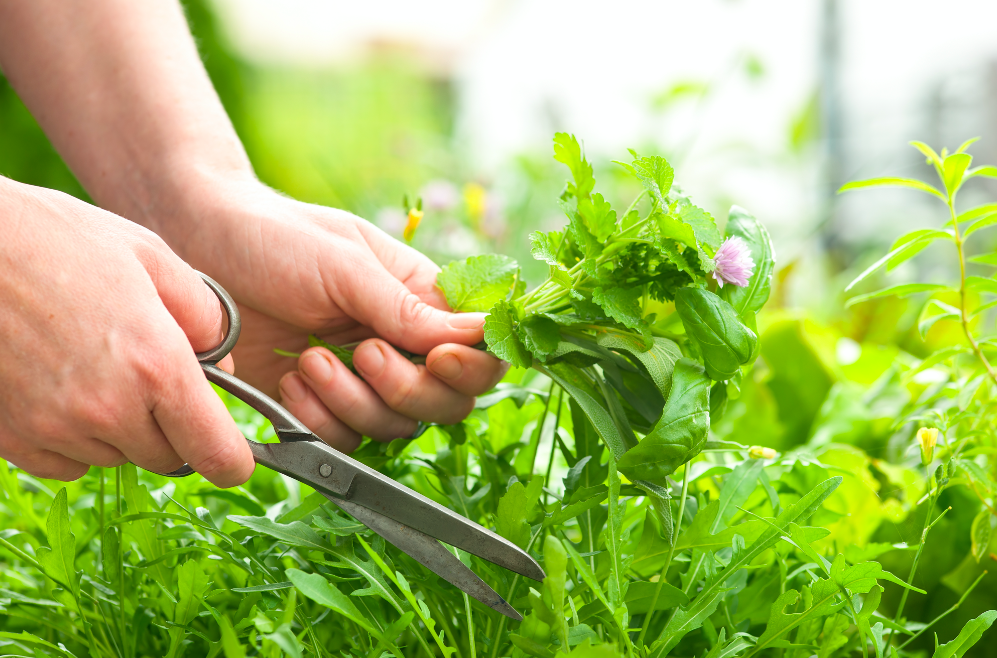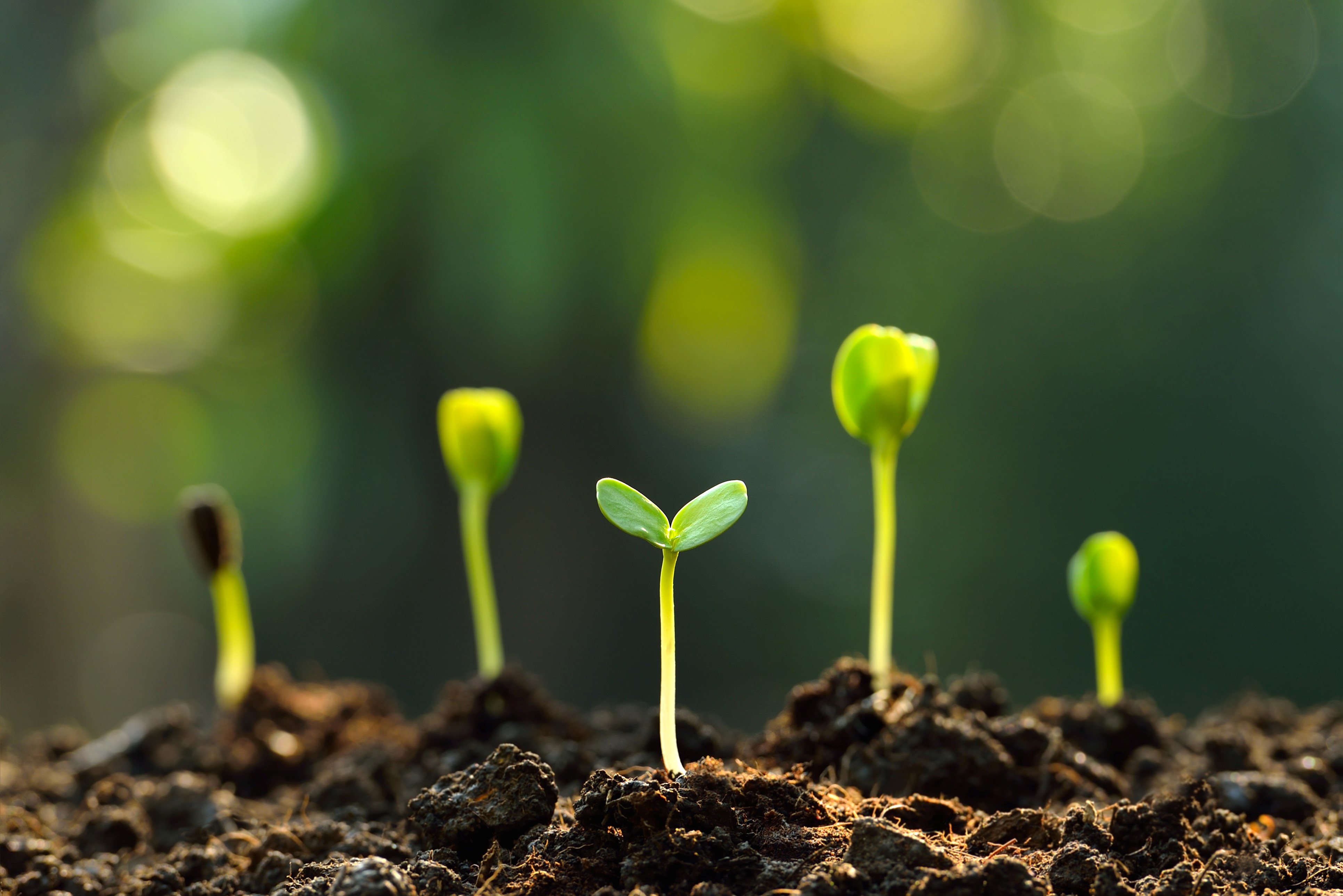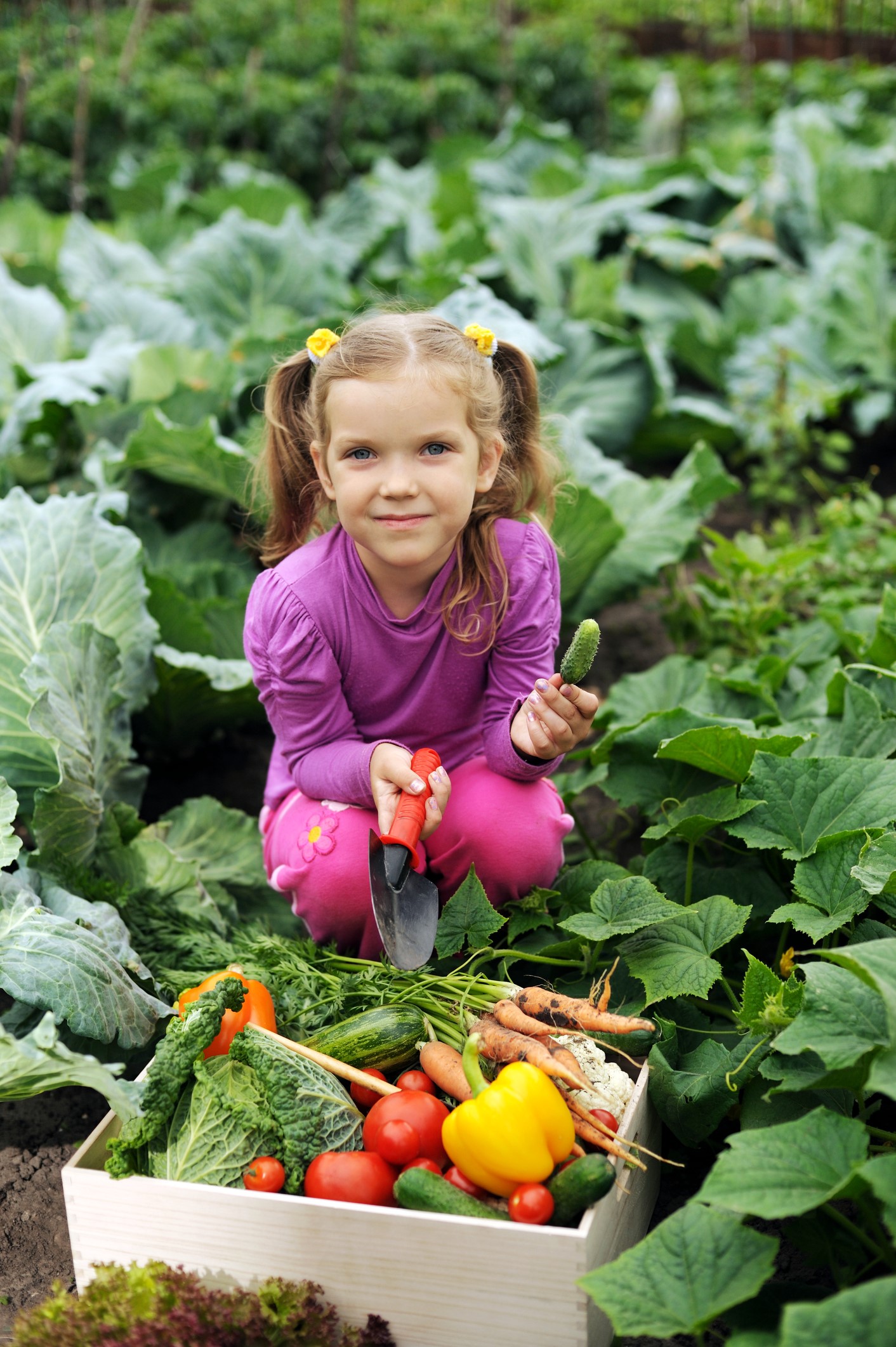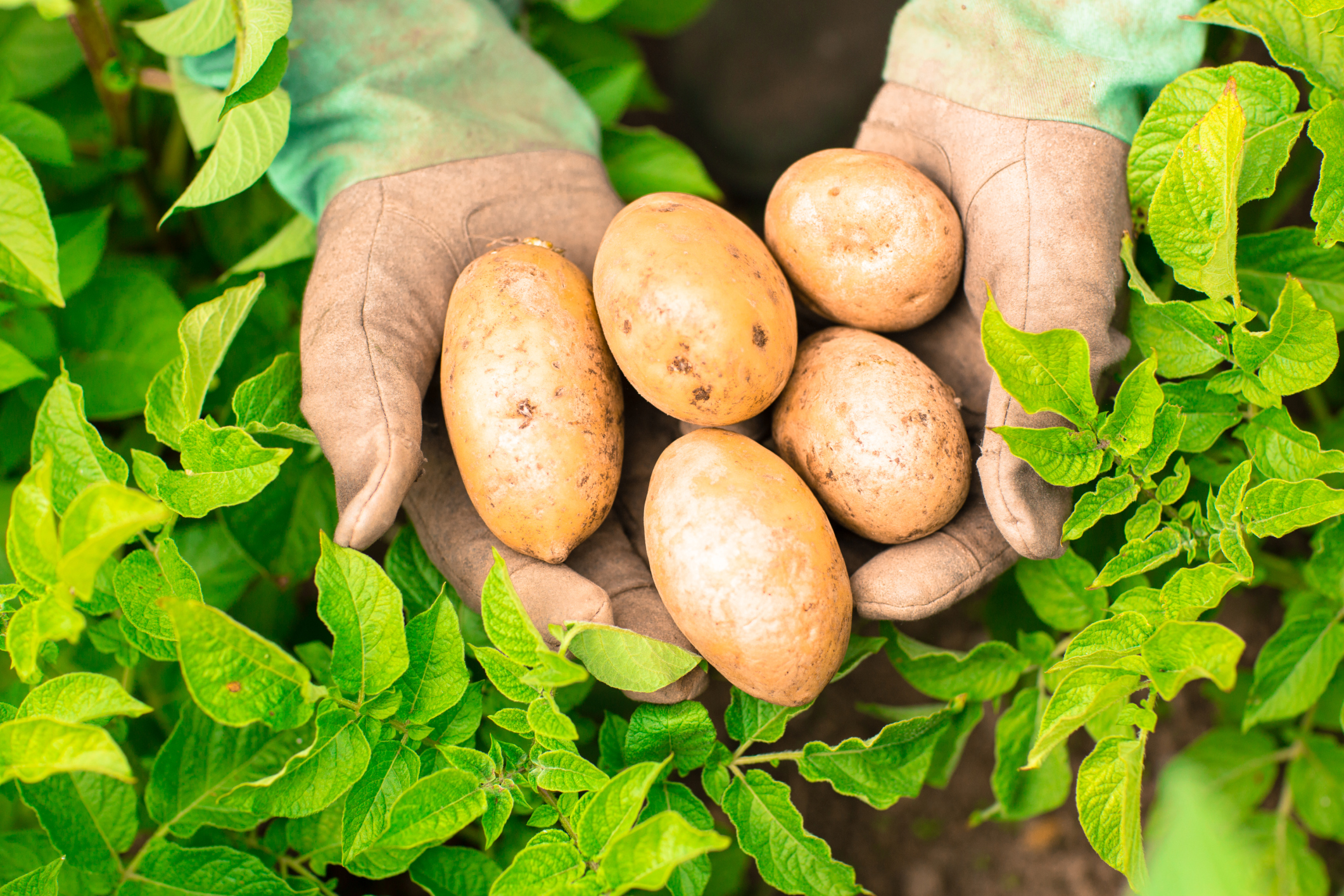In our Autumn 2021 issue, our resident gardening expert, Hans Wieland, took a look at the many health, social and environmental benefits of trees! Enjoy his words below.
Hans Wieland
Hans Wieland
Hans Wieland has been working and teaching at The Organic Centre, Leitrim, Ireland since 1997.
In our Spring 2021 issue, our resident gardening expert Hans Wieland offered us a thoughtful piece on recrafting our lawns as places of happiness. We previously published a sneak peek of his piece to our site, but today, we are sharing the whole thing. Enjoy!
Summer Issue 2017: Gut Health Begins in the Garden by Hans Wieland
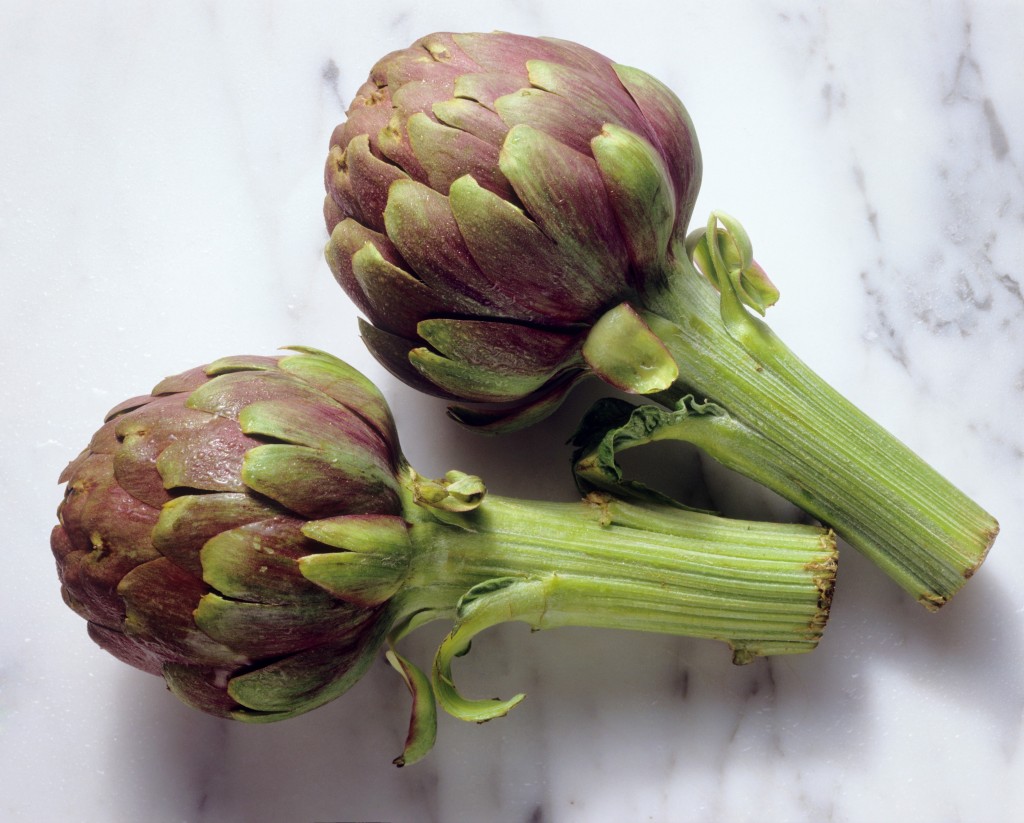
By Hans Wieland
I can’t really remember what came first: buying and cooking with whole foods, or consciously introducing more fermented foods in our diet and thus revisiting the food tradition our parents grew up with. Having bought a small farm in rural Ireland in 1985 and starting out to grow and produce most of our own food, it all fell into place naturally. We started growing vegetables and fermenting them for use in the winter, milking cows and goats and making cheeses, buying local grain in Enniscrone and baking with sourdough. I strongly believe that the ultimate culinary connections are between the soil and the gut, and between growing and cooking. Today I will make the connection with the visible prebiotic vegetables and the hidden or not visible probiotic bacteria, because eating organic whole foods rich in fibre (carbohydrates) is as important for your gut health as consuming fermented foods. But first things first!
“Grow” prebiotics to “feed” probiotics!
Probiotics and prebiotics both serve important health functions for our digestive system in the human gut. Probiotics are live microorganisms that live inside your gastrointestinal tract. They aid in digestion by essentially cleaning out the gut so that things keep flowing. Like all living things, probiotics need to be fed in order to remain active and healthy and to benefit us as much as possible.
Prebiotics are types of dietary fibre that feed the friendly bacteria in our gut. Prebiotics act as food for probiotics. In other words, probiotics eat prebiotics. This helps the gut bacteria produce nutrients for our colon cells and leads to a healthier digestive system. “The ultimate culinary connections are between the soil and the gut, and between growing and cooking.” In a nutshell, prebiotics are a type of undigestible plant fibre that can only be eaten by nice bacteria. The more food or prebiotics that probiotics have to eat, the more efficiently these live bacteria work and the healthier our gut will be. Much has been said about the health benefits of prebiotic food and higher intakes of prebiotics are linked to many health benefits like lower risk for cardiovascular disease, healthier cholesterol levels, improved digestion, and higher immune function.
Grow for your gut: Classic Prebiotic Vegetables Since fibre is the source for prebiotics, foods that are high in fibre are also typically high in prebiotics.
My top contenders on the prebiotic foods list are:
1. Chicory Root, popular for its coffeelike flavour and a replacement for coffee, is a great source of prebiotics.
2. Dandelion Greens are a great fibrerich substitute for greens in your salad or a spicy addition.
3. Jerusalem Artichokes have been shown to increase the friendly bacteria in the colon even better than chicory root. 4. Garlic and Onions not only give great flavour to our foods but provide us with prebiotics.
5. Asparagus is another great source of prebiotics and also protein.
Probiotics love Prebiotics and Prebiotics love Gardeners
As gardeners and growers we are in a very powerful position when it comes to gut health. We can grow the best prebiotic foods ourselves, but not all vegetables are the same and probiotics are choosy! They especially love vegetables from the onion family and the daisy family and many are very easy to grow. In the onion family we have garlic, onion, leeks, chives and scallions. Maybe not so well known are the members of the daisy family: Jerusalem artichoke, globe artichoke, chicory, endive, lettuce and scorzonera. Give Jerusalem and globe artichokes a permanent bed in your garden and you will be richly rewarded. Endive and chicory are fantastic salad plants throughout the winter months and deserve to be grown more. And then there is one of my favourite ‘unusual’ vegetables, yacon. I grow it in the polytunnel with great success and good yield. It tastes best raw, grated in a salad with carrots. Probiotics also love potato skins and cold potatoes. No wonder then that they love my favourite prebiotic dish: potato salad.
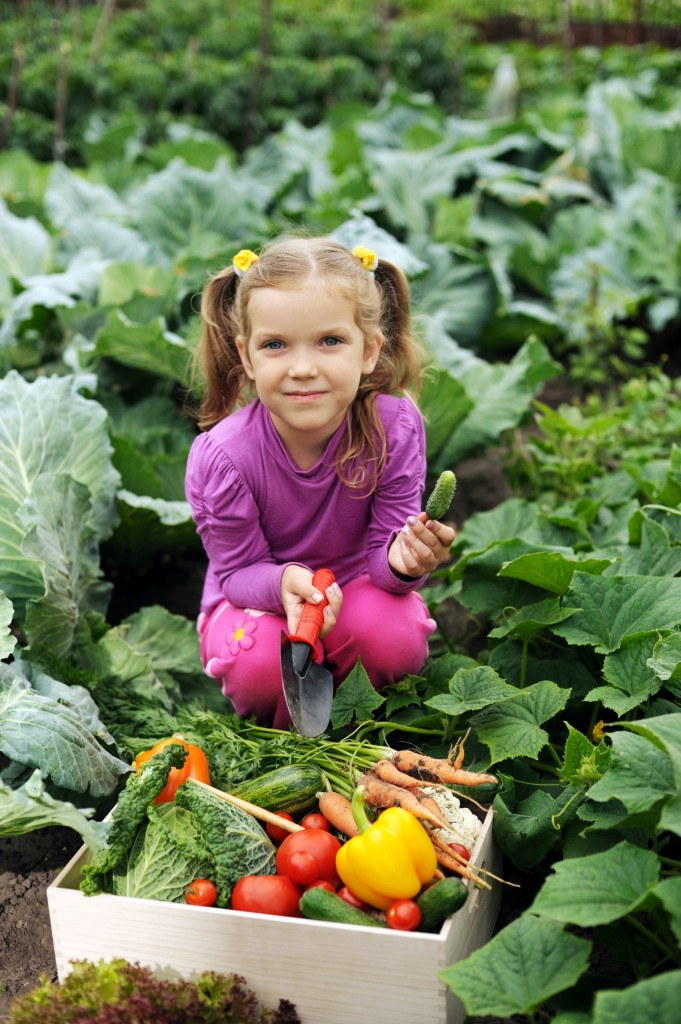
By Hans Wieland
Helping children develop a healthy attitude to food can sometimes be hard. Screaming children in the supermarket aisle and fussy eaters at the dinner table are a headache for parents. I believe that connecting children to growing food at an early age can be part of solving these problems. Our family gathering last Christmas threw up interesting observations.
All of our children cooked in turns with fresh ingredients from the local farmers’ market and our garden. Our twelve year old grandson wanted a recipe journal as a present to start collecting recipes of dishes he likes to eat and wants to cook and our seven year old granddaughter helps with harvesting lettuce from the polytunnel. I think this is rooted in having a garden where they have all sown seeds at various stages of their lives or were sent to fetch vegetables for cooking dinner. Like one of my food heroes, Diana Kennedy, I believe “cooking is about understanding ingredients and respecting traditions”. If you have a garden with a vegetable and herb patch for your children you can grow and harvest many basic ingredients for dinner.
If you then go shopping with your children for the ingredients you don’t have at home and involve your children in helping to prepare dinner, the chances they will eat what you have created together are quite high. It is a case of leading by example. If you can do it, your children can do it too. Culinary connections between parents and children happen while eating together, they are enhanced by cooking together, broadened by shopping together but ultimately grounded in gardening together. The innocent and simple actions of sowing seeds in soil, looking after seedlings as they grow and harvesting vegetables to cook and eat will become skills for life and help the kids develop a natural relationship with food and where it comes from.
The Garden in a Box
This is a wonderful project for getting young children into gardening. It doesn’t require space, or even a garden. It is ideal for primary school aged children. For older children, you can use several boxes to increase varieties.
What you need: A wooden or plastic vegetable box (30cm x 40cm approx) from your market or shop, a sheet of plastic to line the box, compost or good weedfree soil, a few packets of seeds for fast growing vegetables or edible flowers, a children’s watering can, labels.
Suitable seeds: Radishes (small bell varieties like Cherry Bell are best); perpetual spinach; lettuce (best varieties are Baby Leaf or Mixed Leaves and cress); edible flowers like nasturtiums, violas and marigold; sweet peas or mangetout (these might need to be supported with short bamboo sticks). Suitable plants: Alpine strawberries. You can start the project from March onwards.
How it works
Gardening often requires the kind of patience that small children rarely possess. The great thing about the garden in a box is that growth is visible so quickly. By following these instructions, you can begin to see the results in just a couple of days. Select your seeds from a seed catalogue and order online or buy together in a garden centre.
Get your children to line the box with the plastic sheet and fill with soil or compost up to 5cm below the edge. Sow seeds in rows about 10-20cm apart. The depth of sowing depends on the size of the seeds. Sprinkle the tiny lettuce seeds on top and firm down with your fingers but sow radish seeds a little deeper and so on.
Keep the box out of the cold. Somewhere like a shed or on a windowsill inside is ideal. Once the first seeds have germinated (i.e. begun to sprout), put the box in a sheltered and sunny spot outdoors. You might cover it with a plastic cloche or garden fleece if it gets cold at night. Watch your garden grow and water a little at a time. Cress can be harvested early as microgreens are ready after just a few days. Watch as your children proudly tend their little garden and look forward to eating those greens they have waited on so patiently to grow.
Positive Food: More than a Bit on the Side

From our Spring 2016 issue. Be the first to read the next issue of Positive Life in print –Subscribe.
By Hans Wieland
Well I am not only bi-lingual, I am also bi-spudial, meaning I enjoy waxy and floury potatoes. Having left Germany behind in 1985 in the knowledge that I would probably never again eat Sieglinde, the potato I grew up with and Bamberger Hörnchen, the potato I came to love most, one of the first horticultural activities I got involved in in Ireland was growing a field of potatoes with two neighbours. We grew Roosters and Golden Wonder.
Potatoes in space, on rooftops and as part of a healthy diet
The Irish government has reported that there has been a 25 percent fall in the amount of potatoes sold in Ireland over the past ten years. And while NASA and the Peru-based International Potato Centre will start cultivating potatoes in Mars-like conditions on Earth, with the hope of eventually building a controlled dome on Mars capable of farming the ancient crop, blue potatoes are now being grown on the roof of JFK airport in New York. Back down to earth Bord Bia, along with the Irish Potato Federation and Irish Farmers’ Association and in conjunction with the Potato Council in the UK, have received EU funding for a three year potato promotion campaign launched officially last October sporting the tagline: “Potatoes: More than a bit on the side.” Potatoes are super healthy vegetables, there is no question: They contain five times less calories than rice or pasta and have twice as much protein as wheat. They supply us with important minerals like Magnesium, Iron and Phosphorus and they are higher in Potassium than bananas. Their starch content is very filling, so potatoes can prevent overeating and are highly suited to a healthy and balanced diet. Did you know that floury potatoes are higher in starch than waxy potatoes?
Potatoes are part of a worldwide culinary heritage
In Germany, the potato is a king of foods and in the region I come from, Franconia, the knobbly, horn-shaped potato, ‘das Bamberger Hörnchen’ is a precious ingredient that has survived because of the region’s grow-your-own culture and now commercial growers have pledged to grow the ‘Hörnchen’ on a bigger scale. In Ireland, with 540 growers, the bulk of the potato crop is grown by about 200 and only 15 produce salad potatoes. I believe the downward spiral of potato consumption is coming to a halt and according to Kantar, a retail-analysis firm, once every 0.6 seconds someone buys potatoes in Ireland. And weren’t there crisp sandwich cafes popping up in Belfast and Dublin? Something I see in my work at The Organic Centre is the renewed interest in different varieties and a trend in gardeners growing more Earlies like Orla and Casablanca and more blight resistant varieties like Bionica, Setanta and the Sarpo family of Mira, Axona and Blue Danube. Last year a display of 140 varieties of potato won gold at the Chelsea Garden Show. The beauty of growing your own potatoes lies in the versatility from growing in lazy beds and raised beds to container growing, from growing under mulch of straw and even black plastic
to two crops of Earlies in polytunnels. Potatoes are eminently suitable for No-dig gardening!
Potatoes are national culinary delights!
The Potato is one of the main ingredients in many national signature dishes around the world: Gnocchi in Italy, Tortillas in Spain, Moussaka in Greece, Baked Potatoes in USA, Kartoffelsalat in Germany, Gratin Dauphinoise in France, Roesti in Switzerland, Alu Pakora in India and in Ireland in Stew, Boxty and Colcannon. Wedges are a great secret weapon to get children to eat more big, old-style potatoes. At home we roast them on a really high heat. They cook in the same time it takes to cook frozen oven chips. However, don’t fall for washed baby potatoes! Farmers have to plant twice as much seed potato, and their crop can be rejected if the “skin finish is not right”. It is easy to cook with potatoes every day of the year without using the same recipe twice. They can be combined with nearly all herbs and spices, Nutmeg being the classic, and can accompany meat and fish or be stand alone vegetarian highlights.
Visit the Organic Centre for more info. theorganiccentre.ie
Winter Sneak Peek: Growing Your Own Bitter, Nutritious Greens!
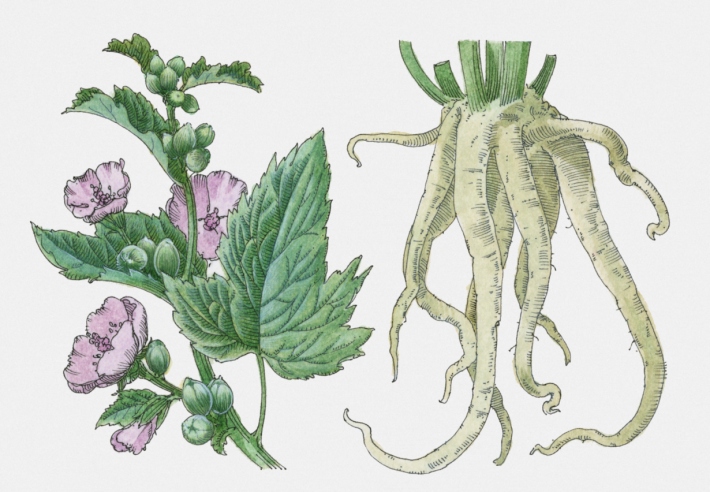
Discover flavour series No. 4: Bitter
By Hans Wieland
Before I discovered the taste of black coffee as a student, I was allowed as a teenager to have “Muckefuck” or “Caro-Kaffee”, a cereal coffee made from the roots of chicory, ground rye and barley without the addictive caffeine. It was much later in life when I started growing chicory, radicchio and endive as part of my obsession with taste and flavour for salads. They’re a fantastic crop for winter harvesting in my polytunnel and I love the bitterness of their leaves.
Chicory, radicchio and endive aren’t common vegetables in Irish gardens, but that is going to change. Organic garden queen Joy Larkcom, asked recently at a public interview at the GIY Growfest in Waterford about what she wanted to see happening, said, “I would hope gardeners grow more chicory, because they have many merits. They are naturally robust, are mostly easily grown, have few pests and utilise ground that would otherwise be idle in winter.”
Chicories are such a useful crop. They provide salad leaves from autumn right through to early spring if you stagger your sowing and choose varieties that mature at different speeds. I sow into modules late July and early August and then plant early September into ground recently vacated by broad beans, garlic or potatoes. They are not particularly difficult to grow nor fussy about soil type and are very hardy.
The chicories (Cichorium Intybus) are wonderfully diverse and come in several distinct varieties. Radicchio is the popular Italian name for chicory. Rossa die Treviso, Palla Rossa and the green leafed Sugar Loaf are my favourites. Endives (Cichorium Endivia) are another group in the chicory family and like the broad-leafed Nuance and the curly-leafed Pancalieri. The latter is virtually self- blanching.
This is a sneak peek, read the rest of the article in the winter 2015 issue of Positive Life.Subscribe | Stockists



